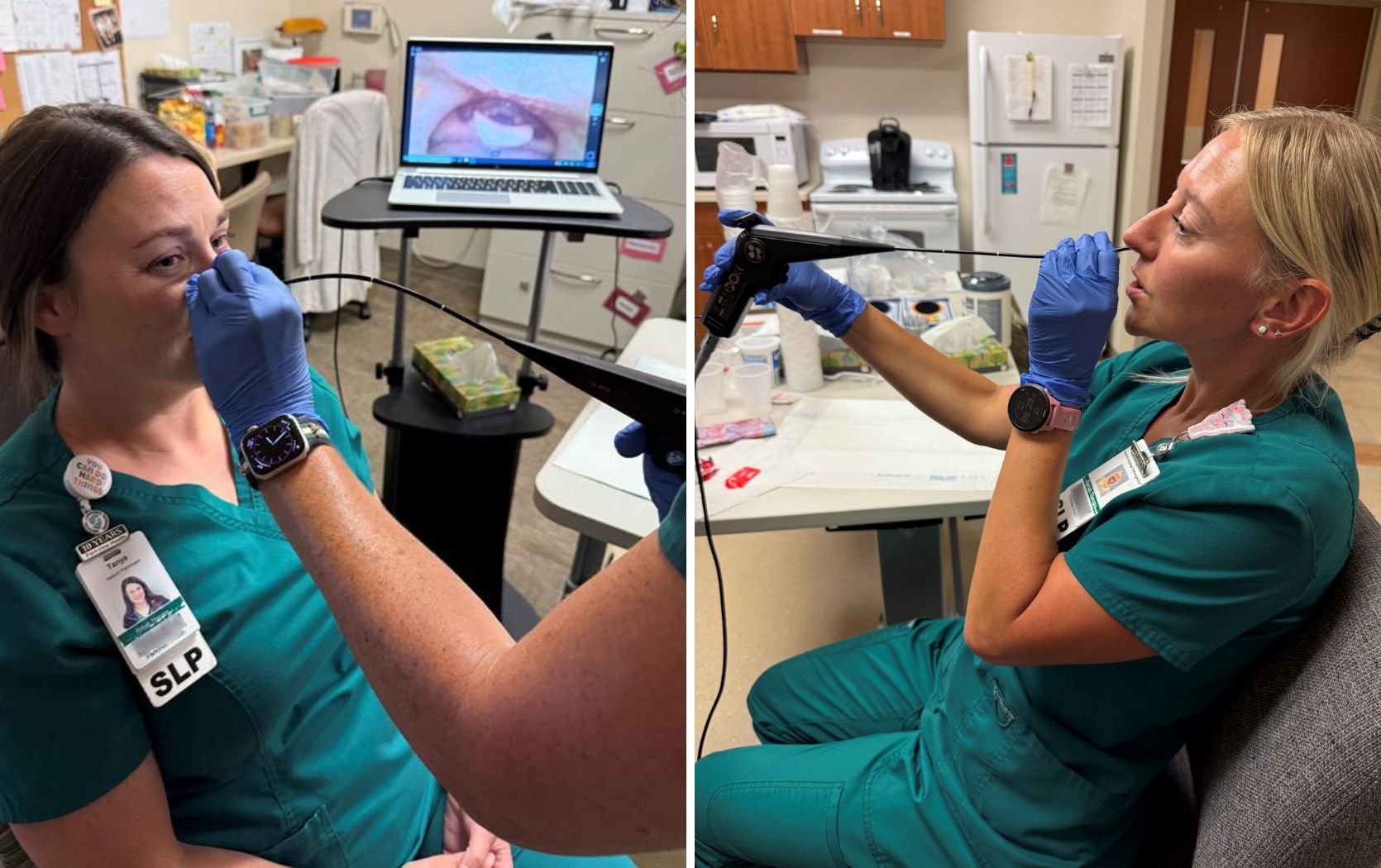
This post was written by Melinda Bauer, NP, PPG – Pain Management.
The presence of chronic pain is among the most common reasons individuals seek out healthcare services due to its connection to numerous physical and mental health conditions. The Centers for Disease Control and Prevention (CDC) estimates that 50 million adults in the United States have chronic pain. Of that number, 19.6 million adults experience high-impact chronic pain that interferes with their daily life or work activities. Despite the increased challenges this condition causes, many people are reluctant to seek medical attention due to the stigma associated with chronic pain. In this blog post, we will examine common misconceptions regarding pain and the strategies we use to dismantle the stigma.
Understanding stigma related to chronic pain
Stigma is defined by the World Health Organization (WHO) as “A mark of shame, disgrace or disapproval that results in an individual being rejected, discriminated against and excluded from participating in a number of different areas of society.”
Experiencing stigma for a particular health condition is a pervasive barrier that can interfere with a patient’s health. Chronic pain-related stigma can be associated with numerous variables, such as the absence of tissue damage, the lack of visible biomedical explanation or the subjectivity of pain assessments.
- Tissue damage: Some believe pain must be accompanied by tissue damage or injury, which isn’t always the case. This discrepancy can lead to skepticism or dismissal of an individual's pain.
- Biomedical explanations: Similarly, pain experienced with the lack of clear diagnostic indicators can make it difficult for others to understand or believe the pain is real.
- Pain assessments: Everyone has different interpretations of pain so it can be challenging to measure objectively. This can lead to doubt or misunderstanding of the severity of the pain experienced.
Deconstructing the stigma of chronic pain
Stigma in healthcare can prevent individuals from seeking medical care, which can lead to poor outcomes, decreased socialization, difficulties obtaining or keeping employment and decreased quality of life. In order to address these sources of stigma, we employ strategies on the intrapersonal, interpersonal and structural levels.
Intrapersonal interventions
Providing a safe environment for patients to manage their pain-related thoughts and gain a better understanding of their pain can reduce their feelings of shame brought on by chronic pain. This can be achieved through:
- Cognitive-based therapy provides a safe environment for patients to manage their pain-related thoughts.
- Education on pain mechanisms and causes gives patients a better understanding of their pain.
Interpersonal interventions
Adopting patient-centered approaches and empathetic communication techniques enhances staff awareness and sensitivity to the challenges faced by individuals with chronic pain. This contributes to making healthcare environments more inclusive and supportive. An effective approach to this is:
- Educating clinicians to respond to patients using language that focuses on the patient's strengths can lead to better adherence to treatment regimens.
- Providing focused training in motivational interviewing for clinical and ancillary staff can reduce negative outcomes by encouraging patients to be involved in their own medical decisions.
Structural intervention
A comprehensive pain regimen includes patients and providers working together to decrease barriers, lessen stigma and overcome obstacles to improve patient outcomes. This can be realized through the development of consistent practices, policies and workflows that prioritize pain management, education and stigma reduction.
Learn more
PPG – Pain Management providers are trained to recognize and address the specific needs of a diverse population including those with certain chronic pain conditions. We use a multimodal approach to treatment, promoting therapeutic interventions including psychological services and physical therapy, optimizing both opioid and non-opioid medications, and offering minimally invasive interventional treatments.
Appointments with PPG – Pain Management providers are by referral only. If you suspect you need to see a pain management provider, contact your primary care physician today.



